- Clown frogs are widespread throughout the Amazon region and get their name from their unique, bright coloration.
- The two newly discovered clown frogs were previously considered to belong to other species, but researchers were able to show that they are their own distinct species after analyzing their DNA and the calls they make.
- According to the international team of researchers who made the discovery, the conservation status of both clown frogs has yet to be determined — but it is likely that the species could already be considered threatened, especially given that both are reported to have particularly small distribution areas that are endangered by habitat destruction.
Two new species of clown tree frogs have been discovered in the Amazonian rainforests of Bolivia and Peru.
Clown frogs are widespread throughout the Amazon region and get their name from their unique, bright coloration.
The two newly discovered frogs were previously considered to belong to other species, but researchers were able to show that they are their own distinct species after analyzing their DNA and the calls they make. The new species were described in a paper published in the journal PLoS ONE earlier this month.
According to the international team of researchers who made the discovery, the conservation status of both clown frogs has yet to be determined — but it is likely that they could already be considered threatened, given that both are reported to have particularly small distribution areas with a high risk of habitat destruction.
“Amazonia is vulnerable to several increasing threats such as deforestation, mining, petroleum extraction and climate change,” Marcel Caminer of the Universidad Católica del Ecuador, the study’s lead author, said in a statement. “Therefore, it is necessary to have a complete inventory of the Amazonian species to take the appropriate measures to protect this biodiversity.”
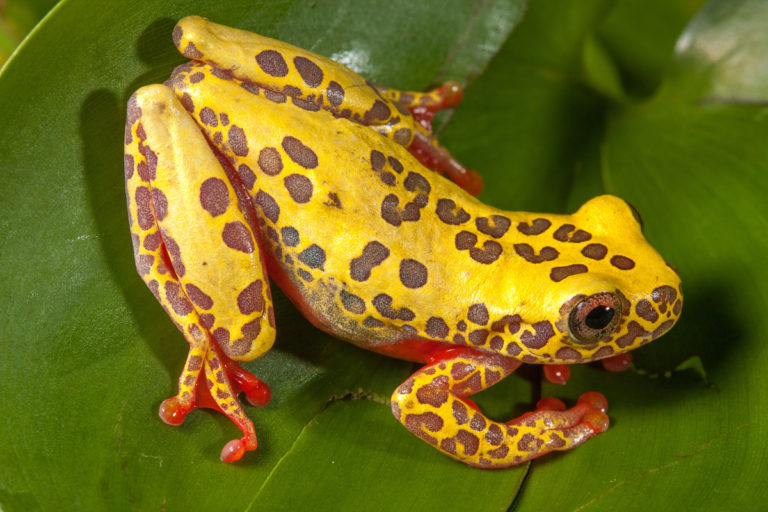
During expeditions to six Amazonian countries, Caminer and team examined two “universal” clown tree frog species, Dendropsophus leucophyllatus and Dendropsophus triangulum. They found that D. leucophyllatus and D. triangulum do not constitute just two different species, but what’s known as a “species complex” — at least five species and possibly even as many as seven (including the two described in the PLoS ONE paper).
“Our new study shows once again that we are not even close to knowing the actual species diversity of South American frogs and that even supposedly widespread species may be endangered,” Caminer said.
Martin Jansen of the Senckenberg Research Institute in Frankfurt, Germany, one of Caminer’s co-authors on the paper, said in a statement that the team employed “integrative taxonomy” in order to establish the new species as distinct from D. leucophyllatus and D. triangulum.
“We compared morphological and genetic information as well as the frogs’ calls with each other — and through a combination of the different methods we were then able to delimit the new species and show that the two previous species actually comprise an entire species complex,” Jansen said.
One of the new species was discovered on the grounds of Ecological Research Station Chiquitos in Bolivia, which is co-run by the Senckenberg Research Institute. “This beautiful frog serves as a ‘flag ship’ that underlines the importance of biological field stations and the benefits of observing a region’s nature over a period of many years, especially in the unexplored areas of mega-diversity countries,” Jansen added.
The researchers argue that the results of their study suggest that the number of Neotropical frog species is still greatly underestimated, especially in the vast Amazon Basin, which has not been subjected to a comprehensive, region-wide scientific survey.
“The discovery of additional new species in the D. leucophyllatus–triangulum complex is to be expected, especially in Colombia and Brazil, where further taxonomic work and molecular analysis are needed,” the researchers write in the paper. “This study, like similar others, highlights the importance of integrative approaches and international collaborations to clarify the status of taxonomically difficult species groups of the Neotropical frogs.”
“Only once we truly know all species and their distribution areas, will we be able to make well-founded statements regarding the effects of such factors as climate change, for example,” Jansen said.
“However, the largest threat to amphibians worldwide continues to be the destruction of their habitats. Our study shows that effective protection measures require prior knowledge of the actual diversity of species and the study of their actual spatial distribution. To achieve this, we need a larger number of experts — taxonomic research is in higher demand today than ever before.”
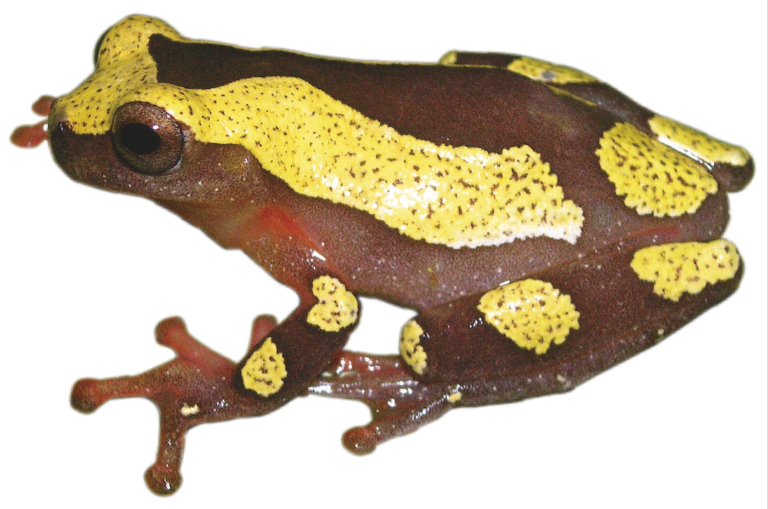
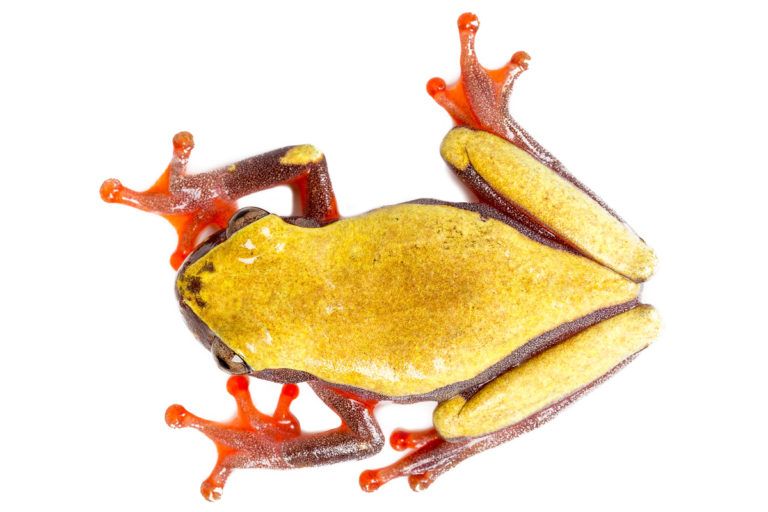
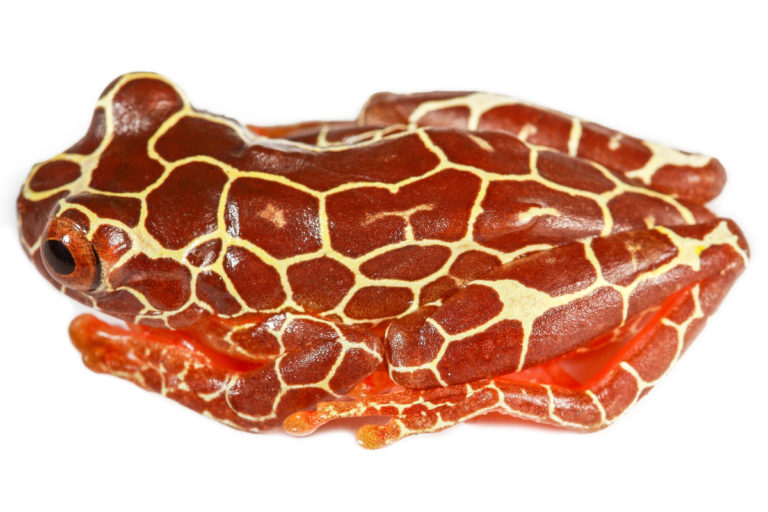
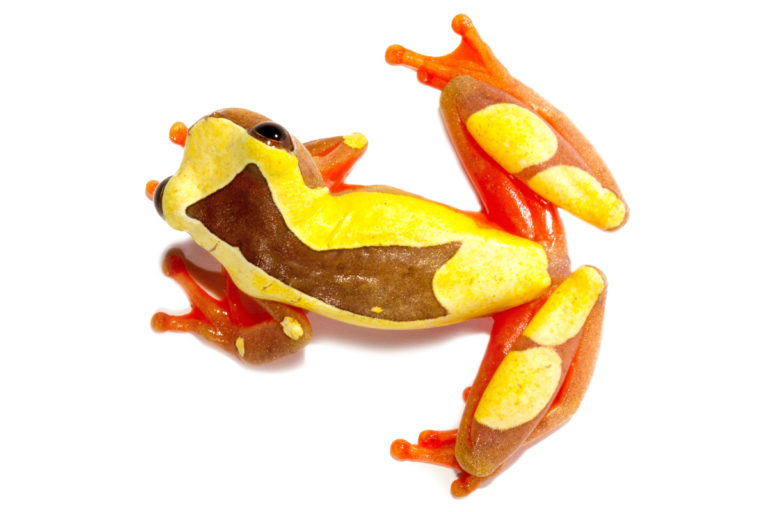
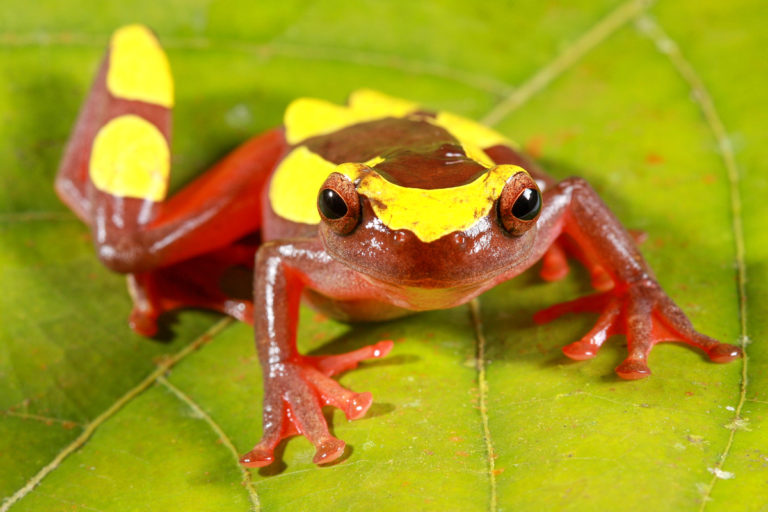
CITATION
- Caminer, M. A., Milá, B., Jansen, M., Fouquet, A., Venegas, P. J., Chávez, G., … & Ron, S. R. (2017). Systematics of the Dendropsophus leucophyllatus species complex (Anura: Hylidae): Cryptic diversity and the description of two new species. PloS one, 12(3), e0171785. doi:10.1371/journal.pone.0171785
Follow Mike Gaworecki on Twitter: @mikeg2001.
FEEDBACK: Use this form to send a message to the author of this post. If you want to post a public comment, you can do that at the bottom of the page.